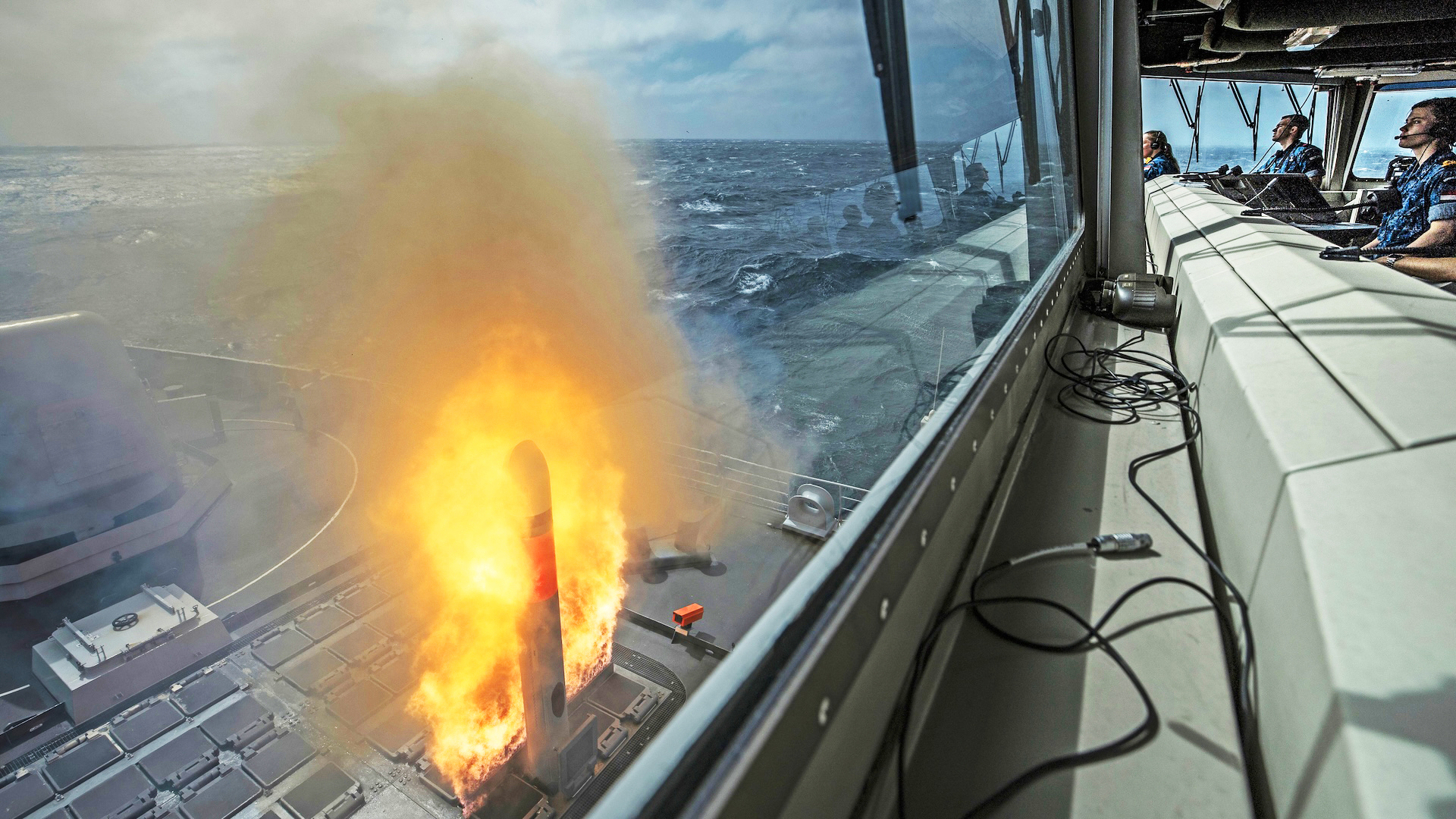For the first time, the Royal Netherlands Navy has launched a Tomahawk cruise missile from one of its De Zeven Provinciën class frigates. The test launch makes the Netherlands only the fourth country to have fired one of the weapons, which it’s adding to its inventory as part of a wider portfolio of long-range weapons acquired primarily in response to Russia’s full-scale invasion of Ukraine.
The Dutch Ministry of Defense announced today that a Tomahawk was launched yesterday from the frigate HNLMS De Ruyter off the coast of Norfolk, Virginia. Led by the U.S. Navy, the test launch was part of the process of the Dutch “gathering necessary information” ahead of fielding the missile operationally aboard their frigates.

“The Tomahawk long-range weapons allow the Navy to take out (strategic) targets deep inland from the sea,” the Dutch Ministry of Defense said. “Examples include command centers, anti-aircraft installations, and enemy units. The missiles have a range of more than 1,000 kilometers [621 miles]. The weapon gives the Royal Netherlands Navy additional combat power. This helps deter potential adversaries.”
“Strong deterrence requires strong weapons,” Dutch State Secretary for Defense Gijs Tuinman said today on X. “De Ruyter launched a Tomahawk missile for the first time. An important step to give our navy the striking power it needs in a changing world.”
The Dutch classify the De Zeven Provinciën class as air defense and command frigates. Four of these vessels spearhead the Royal Netherlands Navy, each of them being roughly 473 feet long, with a beam of 61 feet, and a displacement of around 6,600 tons, fully loaded.
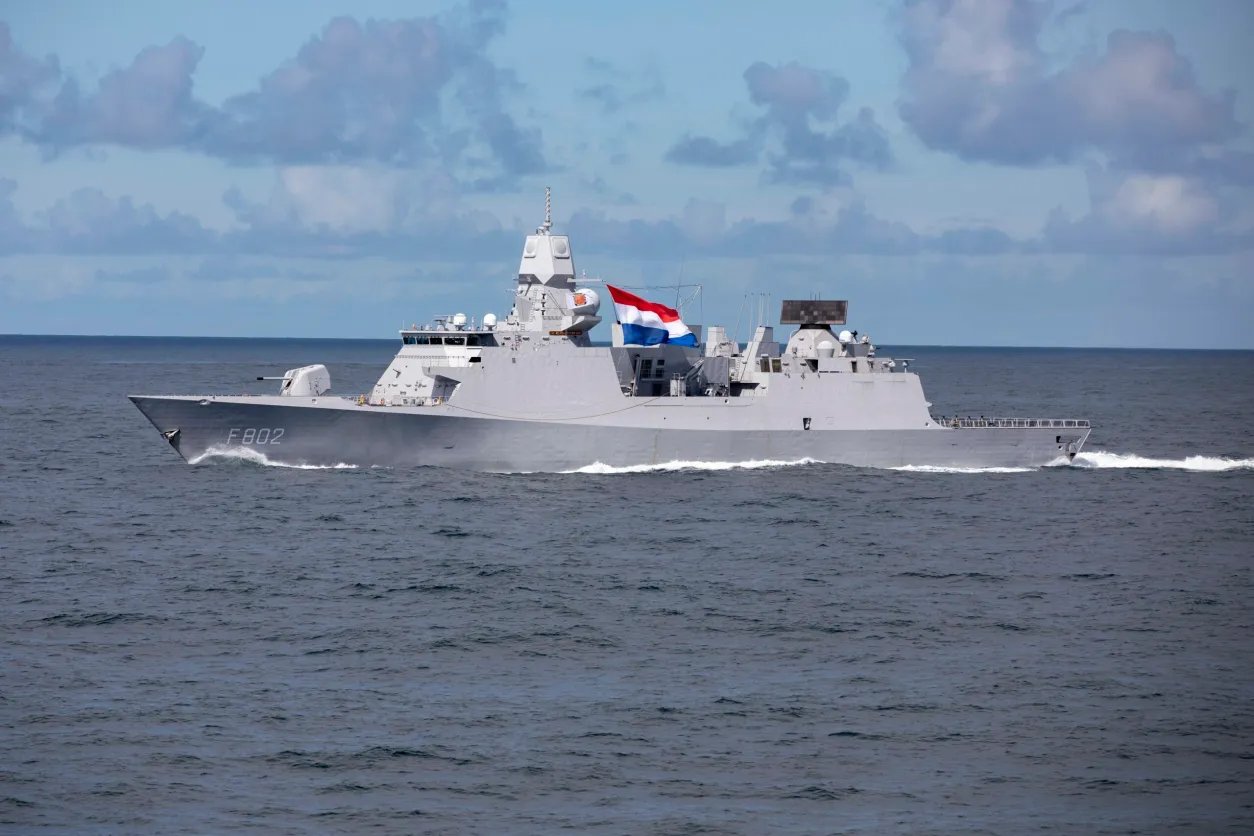
The primary armament of the warships comprises a 40-cell Mk 41 vertical launch system (VLS) for RIM-162 Evolved Sea Sparrow Missile (ESSM) and Standard Missile 2 Block IIIA (SM-2) air defense missiles, eight launchers for Harpoon anti-ship missiles, two twin launchers for Mk 46 torpedoes, a 127mm Oto Breda main gun, a pair of Goalkeeper close-in weapon systems, and a NH90 helicopter. The Tomahawk is compatible with the existing Mk 41 VLS. Previously, the Mk 41 was typically loaded with 32 SM-2 and 32 ESSM missiles (the latter type in quad packs), although it’s unclear how many Tomahawks will normally be loaded.
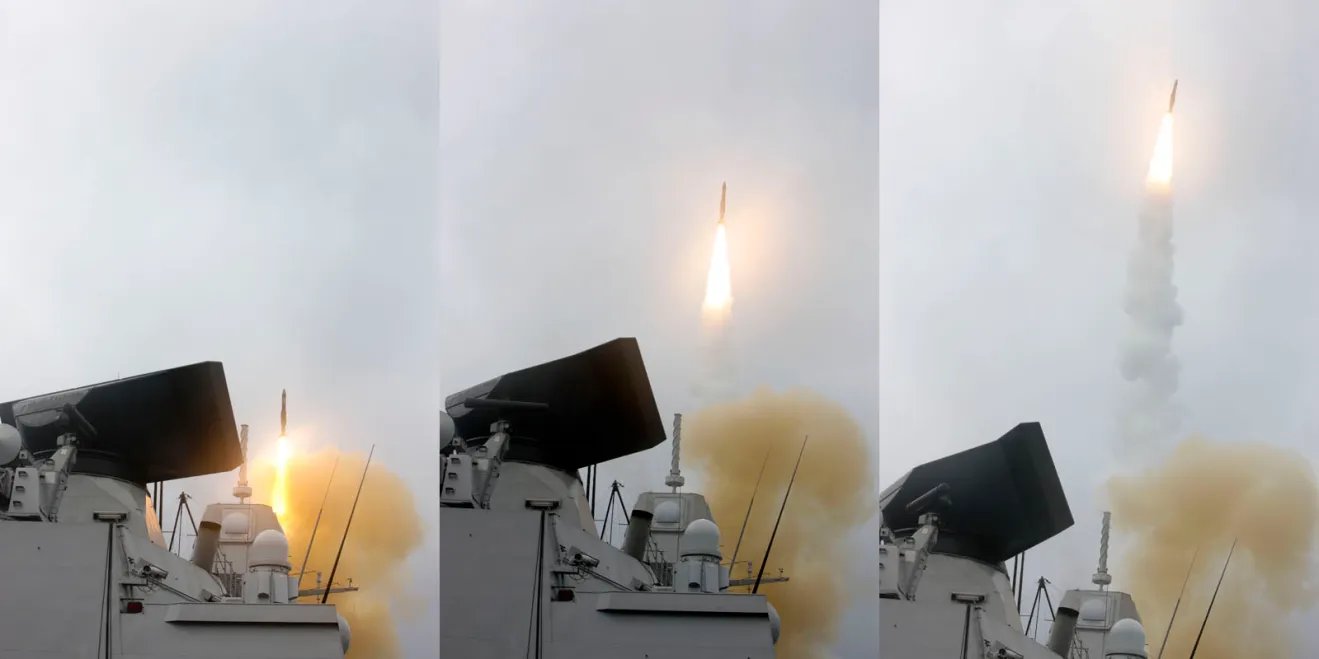
While the Dutch had previously almost purchased Tomahawks to add a long-range strike capability to its navy, the proposal was shelved until Russia’s full-scale invasion of Ukraine, when it became a high-priority program. The dramatic changes in the European security environment have also seen Dutch investments in other long-range strike weapons, as well as a new class of four conventionally powered submarines that will also be armed with Tomahawks. You can read all about these boats here.
Yesterday’s test involved the Block IV Tomahawk, which can actually hit targets almost 1,000 miles away with a 1,000-pound unitary warhead. It can be rerouted mid-flight and can loiter over an area to hit targets as they emerge, featuring an imaging infrared seeker capability.
In April 2023, the Dutch Ministry of Defense announced plans to overhaul the country’s long-range conventional strike capabilities.
As the then-Dutch State Secretary for Defense Christophe van der Maat explained at the time: “The war in Ukraine shows once again that fire support over short, medium, and long distances is essential. This applies on land, from the air, and from the sea. With the new systems, Defense further fleshes out NATO’s joint combat power and deterrence. The Netherlands is thus showing that it takes responsibility by making a strong contribution to this. Moreover, with this, the Netherlands meets the desire to possess its own missile artillery and long-range weaponry, as outlined in the 2022 Defense White Paper.”
The Royal Netherlands Air Force is receiving the conventionally armed AGM-158B Joint Air-to-Surface Standoff Missile-Extended Range, or JASSM-ER, for its fleet of F-35A stealth fighters, which are now also nuclear-capable. JASSM-ER can strike well-defended targets at a range of around 600 miles.
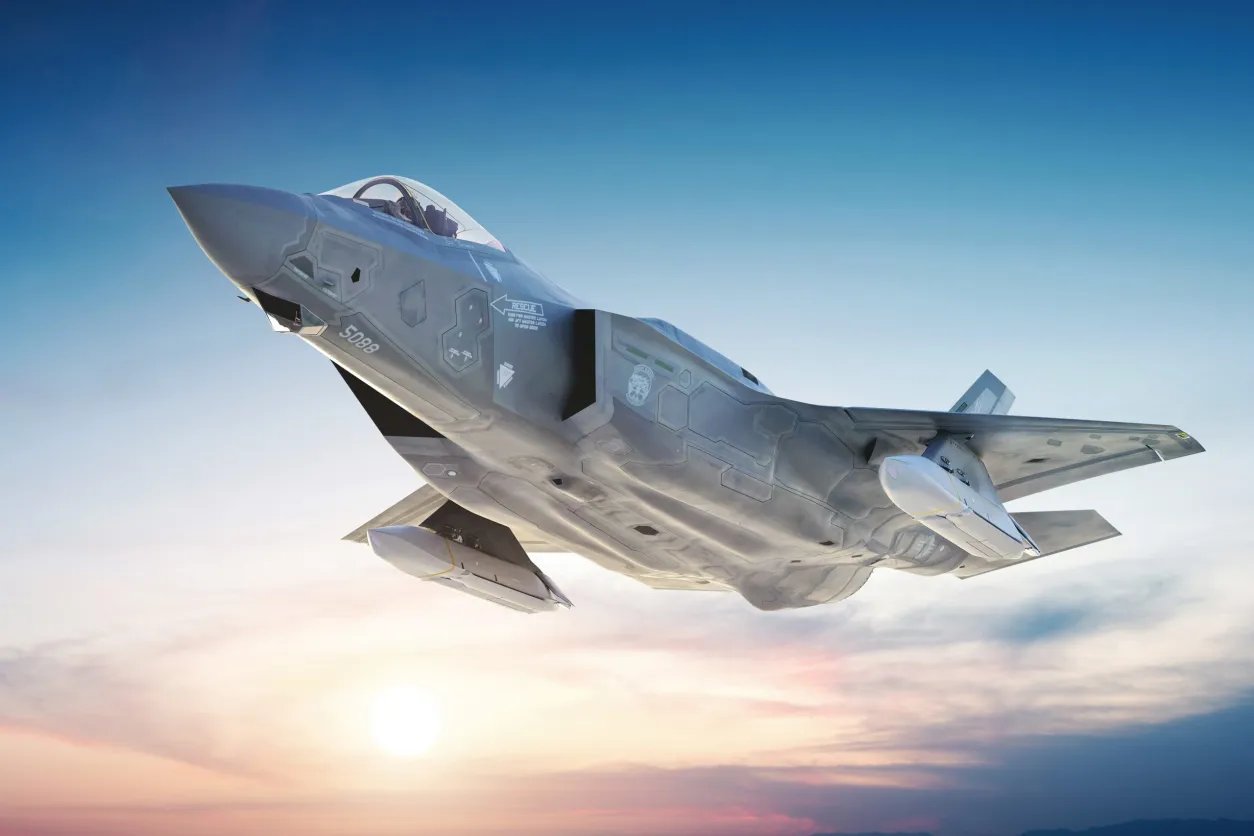
Meanwhile, the Royal Netherlands Army will operate the Israeli-made PULS (Precise and Universal Launch System) multiple rocket launcher. PULS has a range of up to 186 miles, according to the manufacturer.
Interestingly, the Dutch are getting these long-range weapons from different sources rather than just from the United States. Indeed, the PULS was chosen over the rival U.S.-made HIMARS. The Dutch Ministry of Defense said that PULS was selected because it can carry more rockets, better fits within the country’s budget, and will likely be more suitable for European-made ammunition.

The decision to procure Israeli rocket artillery (and, to a lesser extent, French-made submarines, in which case there are currently no U.S.-made alternatives) was made before the current questions about America’s future support for NATO under President Donald Trump. In recent days, media outlets across Europe have suggested that this changing dynamic could place the F-35, in particular, at risk, with talk of a possible ‘kill switch’ that could simply take these stealth fighters offline if Washington so desired.
The reality of that matter is somewhat different, as TWZ has discussed, but it’s notable that the Dutch Ministry of Defense, too, has taken the decision to clarify its position in regards to the F-35.
“It’s in the interest of all of us to make sure that the F-35 program remains operational, that it remains as successful as it is right now, and I don’t see any signs of the United States backtracking,” Dutch Minister of Defense Ruben Brekelmans told reporters yesterday, in comments reported by Defense News.
The Netherlands has ordered 52 F-35s and, last September, announced plans to buy another six more.
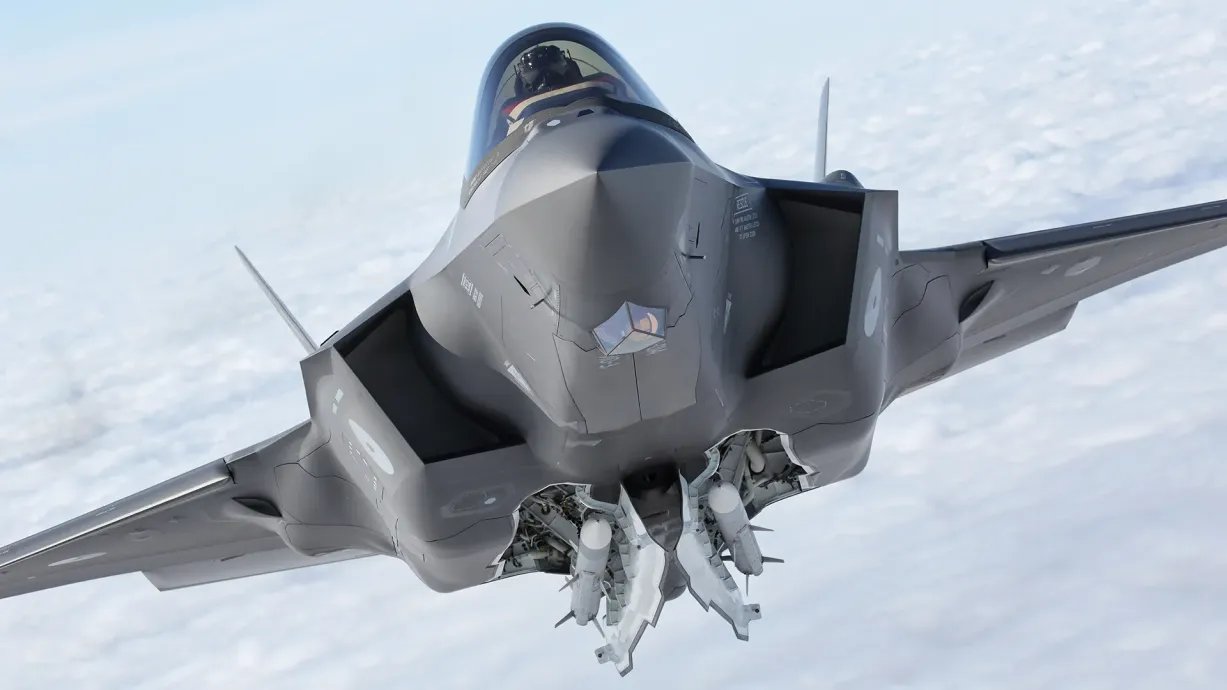
Brekelmans added that the United States is its “biggest partner, and we need to have them on board in order to have a successful F-35 program, but other countries also play a key role,” pointing out that the Joint Strike Fighter also contains “essential parts that only we produce.”
At the same time, Brekelmans said he was cognizant of the changing security situation in Europe vis-à-vis the United States’ security guarantees and broader vision for NATO.
Brekelmans said that it was understandable that the United States now expected European allies to “do much more” in terms of defense.
“They do not expect burden sharing, they do expect burden shifting,” Brekelmans said. “We should take that message seriously, but we should not speculate on any further steps that the United States is taking because we simply cannot guarantee our security without the U.S. at this moment. That is the reality that we have to work with.”
Interestingly, Brekelmans also noted that “it’s very good” that French President Emmanuel Macron raised the idea last week of extending the umbrella of its independent nuclear deterrent farther across Europe. This echoes calls from German leader-in-waiting Friedrich Merz for talks with France and the United Kingdom about European “nuclear sharing or at least nuclear security.” You can read more about this topic here.
Whatever the future of nuclear deterrence in Europe might look like, the Dutch are already part of the ‘dual-key’ arrangement that still provides U.S.-supplied B61 nuclear bombs for use by NATO air arms in Europe. At the same time, its conventional strike capabilities are also being boosted considerably, with yesterday’s test of a Tomahawk cruise missile the latest expression of a new-look defense posture in the Netherlands that is also seeing a return to main battle tanks, after the last of these were withdrawn in 2011, and additional air defense systems.
All of this investment is expensive, of course, and the Dutch government is now looking at increasing defense spending above two percent of its GDP. Much of this would have been unthinkable just three years ago, a reflection of the degree to which Russia’s all-out invasion of Ukraine has reshaped the geopolitical landscape in Europe since then.
Contact the author: thomas@thewarzone.com
